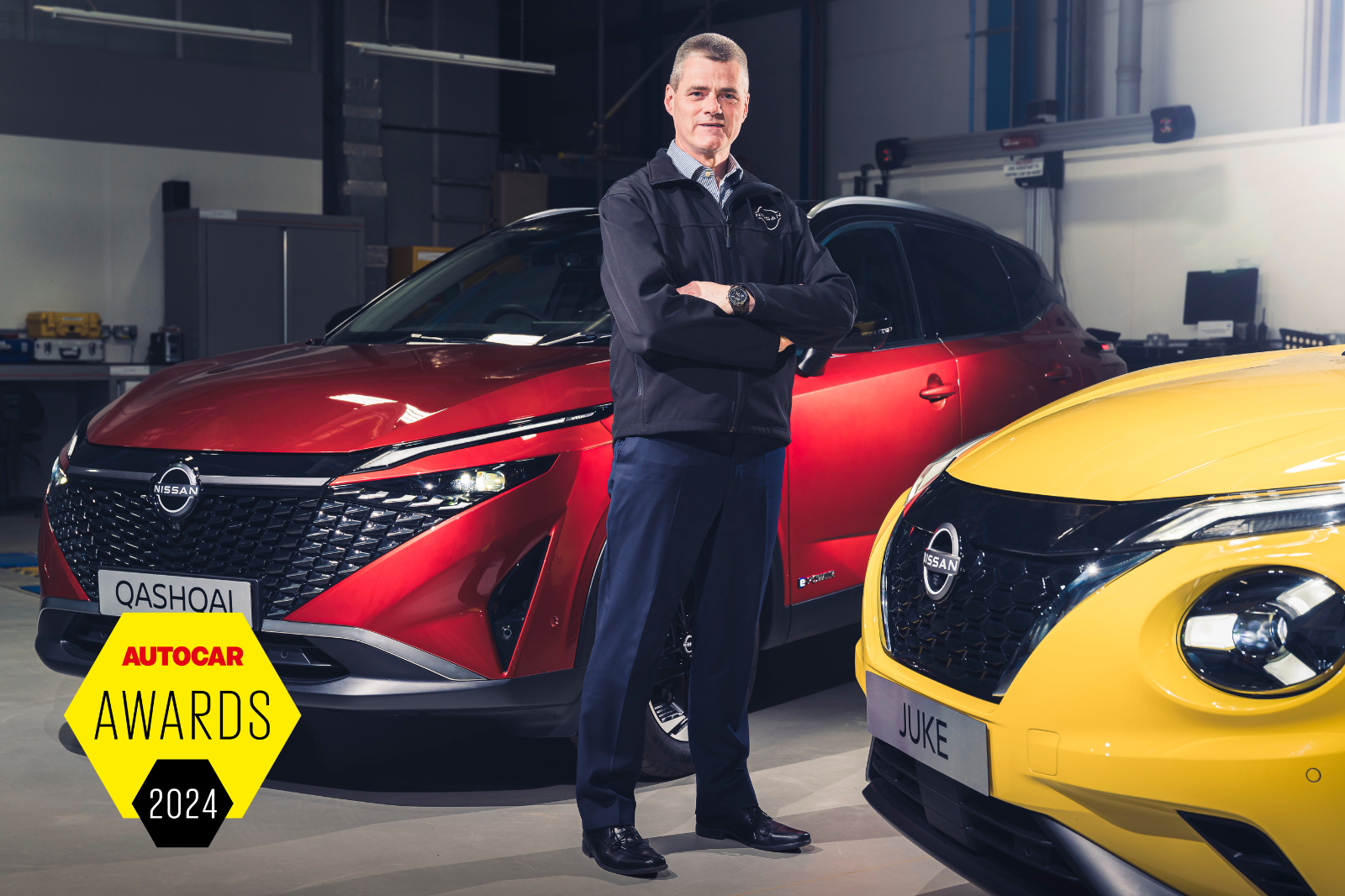A decade into the job and by then a creative young engineer and leader, Moss was given charge of an intricate and all-important part of the first Qashqai: the cockpit module, including the instrument panel, which needed to be moulded using an exacting new process.
Always creative, and using his body-building knowledge, he also helped create the seven-seat Qashqai+2, with a lengthened body and a slightly higher roof, in the days when seven-seat SUVs were practically unknown.
Production reached 40,000 units before it ended with the second-generation Qashqai in 2014, when the X-Trail came along to collar the seven-seat market.
By the time the second-generation Qashqai had hit the market in 2014 (Nissan delayed replacement because the original was still selling out of its skin), Moss had taken charge of the body, interior and exterior engineering for all UK-made Nissans, as vice-president of vehicle engineering.
The new model was modernised and enhanced with even more of the convenience features Nissan’s research was telling them Qashqai buyers loved, but the company resisted increasing its size (“parking spaces weren’t getting bigger”, notes Moss), even though some of the opposition, notably Korean, kept on growing.
Second-generation sales accelerated again, but inside Nissan’s thoughts were already turning to the third-generation model.
In 2017, Moss was packed off to Japan with yet another promotion – chief vehicle engineer for Europe – and tasked with adapting an all-new platform, to be used throughout the Nissan-Renault Alliance, to the new Qashqai designs already forming in both Cranfield and Paddington, Nissan’s European design centre close to central London.
The third-generation Qashqai was due for launch by 2021. That model was first to feature Nissan’s novel e-Power hybrid system, which uses an ultra-efficient petrol engine to propel a generator that charges a battery, from which electric power alone is used to drive the wheels.
In 2022, the Qashqai became the UK’s best-selling car, which was a noteworthy achievement, but even then only a little over 20% of Sunderland’s production output was staying in this country; nearly two-thirds of Qashqais were finding owners on the European continent.

